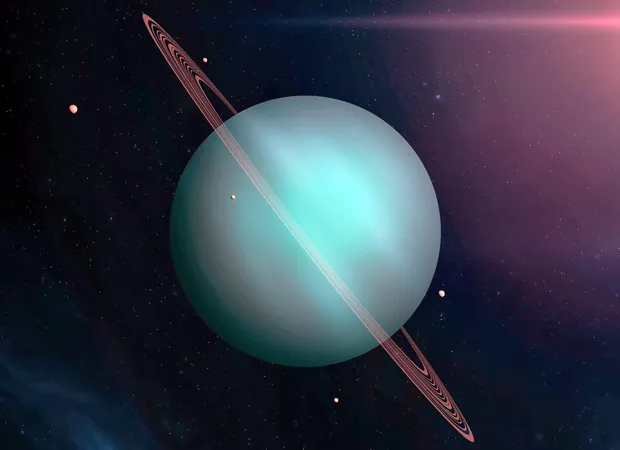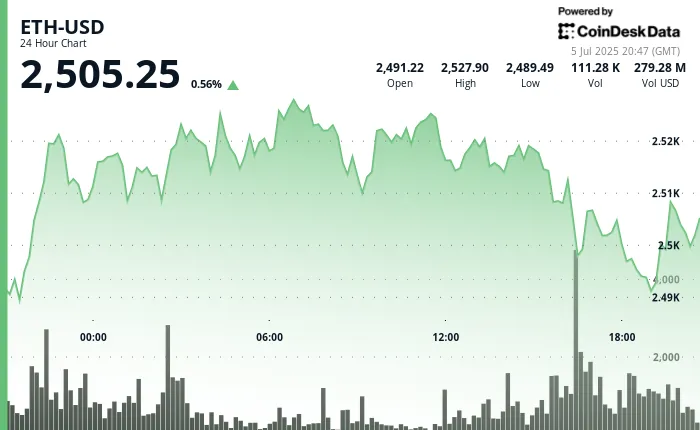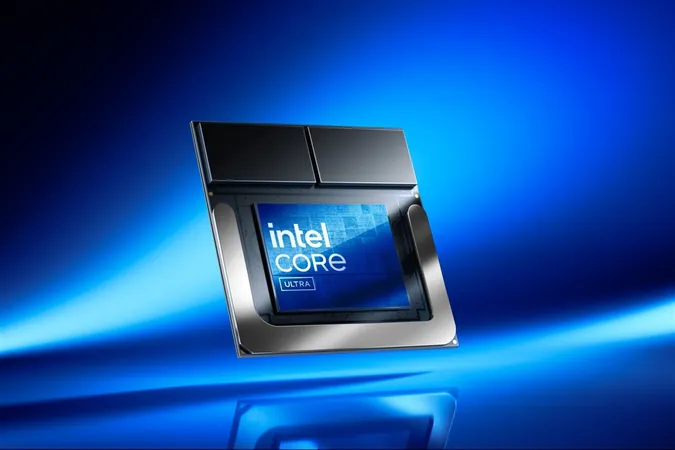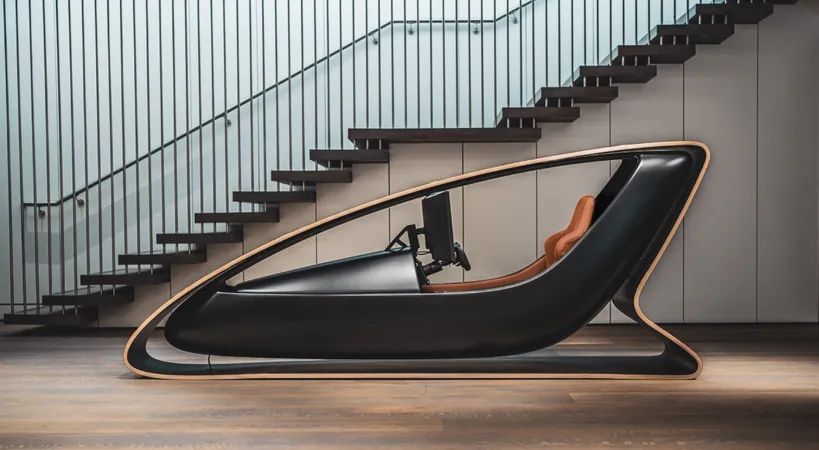
Astronomers Stunned by Odd Surface Patterns on Uranus' Moons
2025-06-12
Author: Ming
A Cosmic Mystery Unfolds
Astronomers looking through the lens of NASA's Hubble Space Telescope expected to find the surfaces of Uranus' largest moons marked by radiation scars. Instead, they were met with unexpected dark patches on the faces of these celestial bodies, raising intriguing questions about their environments.
Unexpected Findings from Hubble
A team from Johns Hopkins University scrutinized four of Uranus' moons—Ariel, Umbriel, Titania, and Oberon—during the 246th American Astronomical Society meeting. The results were unexpected, challenging decades of scientific predictions and adding a new layer of intrigue to our understanding of this enigmatic giant planet.
A Tilted Planet with Unseen Forces
These moons are tidally locked, always presenting the same face to Uranus as they orbit. Scientists anticipated that charged particles from Uranus' distorted magnetic field would bombard the trailing sides, darkening them over time. Surprisingly, the new images revealed little difference in brightness on Ariel and Umbriel, while Titania and Oberon exhibited unexpected darkening on their leading surfaces.
A Puzzle to Solve
"Uranus is weird," remarked principal investigator Richard Cartwright, emphasizing the challenges of studying the moon's interaction with its magnetic field, which itself is tilted at a striking 98 degrees. Previous models predicted that the fast-spinning magnetic field would lead to noticeable surface alterations, but the new data suggest otherwise, hinting at alternative interactions.
Dust on the Moons?
The research team proposed that drifting cosmic debris could be the explanation. Uranus' irregular satellites, scattered in inclined paths, are continuously bombarded by meteoroids, which eject plumes of dust that ultimately spiral towards the planet. Over time, this dust intersects with the orbits of Titania and Oberon, leading to darker patches forming on their surfaces.
Shields Against Dust
"We see similar dust collection processes in the Saturn and Jupiter systems," shared co-investigator Bryan Holler. This means Titania and Oberon, which are positioned farther from the planet, act as shields for Ariel and Umbriel, both of which are closer and exhibit more uniform surfaces.
Hubble’s Unique Capabilities
Hubble's capacity to measure faint ultraviolet light allowed the team to reveal these details, which remain invisible to ground-based telescopes. "Hubble, with its ultraviolet capabilities, is the only facility that could test our hypothesis," explained team member Christian Soto.
Future Explorations Await
These findings prompt astronomers to rethink how magnetic forces influence the surfaces of icy moons. As researchers aim to map dust sources and observe Uranus' magnetic field seasonally, we'll gain deeper insights into these distant worlds. The moons of Uranus are left with complex signatures from a slow, relentless cosmic process, showcasing just how strange our solar system can be.





 Brasil (PT)
Brasil (PT)
 Canada (EN)
Canada (EN)
 Chile (ES)
Chile (ES)
 Česko (CS)
Česko (CS)
 대한민국 (KO)
대한민국 (KO)
 España (ES)
España (ES)
 France (FR)
France (FR)
 Hong Kong (EN)
Hong Kong (EN)
 Italia (IT)
Italia (IT)
 日本 (JA)
日本 (JA)
 Magyarország (HU)
Magyarország (HU)
 Norge (NO)
Norge (NO)
 Polska (PL)
Polska (PL)
 Schweiz (DE)
Schweiz (DE)
 Singapore (EN)
Singapore (EN)
 Sverige (SV)
Sverige (SV)
 Suomi (FI)
Suomi (FI)
 Türkiye (TR)
Türkiye (TR)
 الإمارات العربية المتحدة (AR)
الإمارات العربية المتحدة (AR)